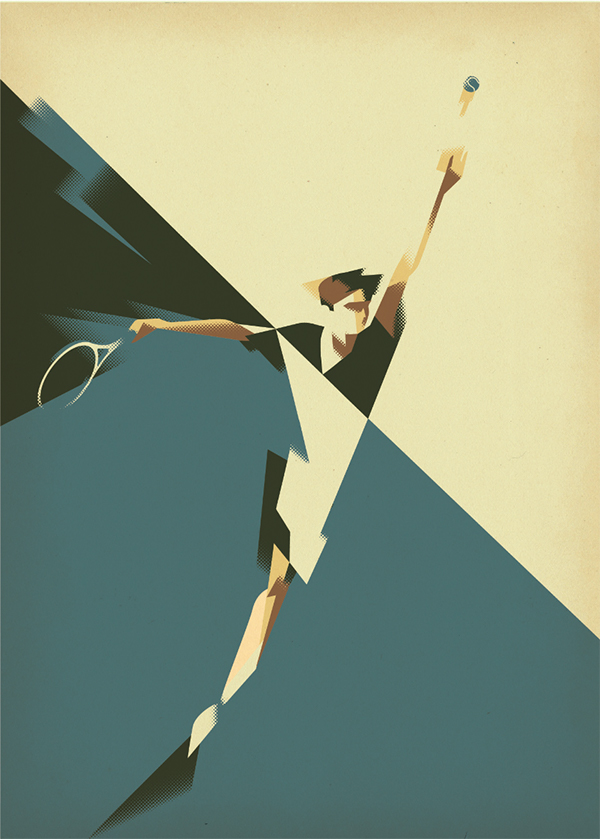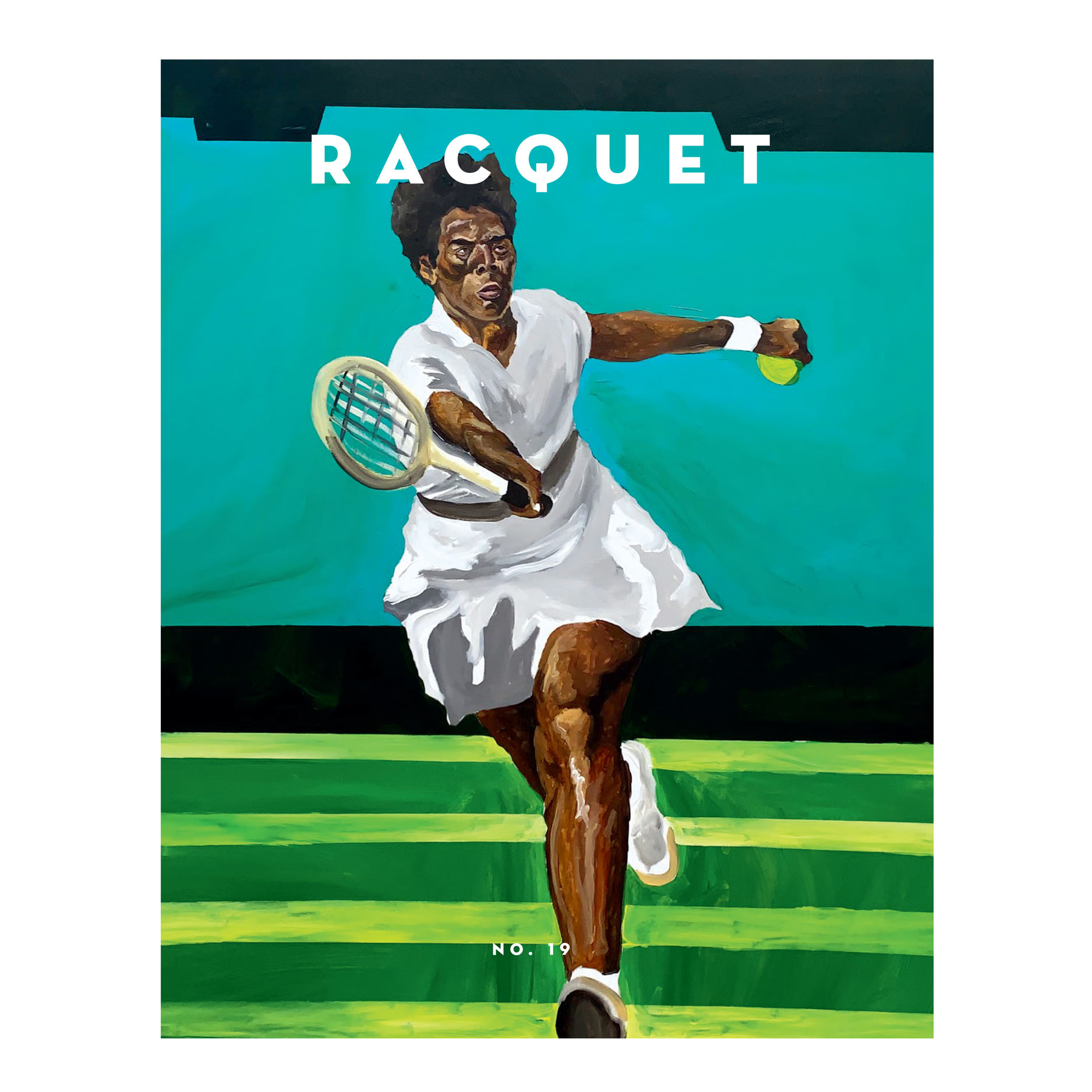By Giri Nathan
I assume I am not alone in wondering if Dominic Thiem was totally, tragically cooked. In the middle of his prime, leaving lots of questions unanswered. Not long ago, Thiem was shaping up to be a multi-major threat: 2020 US Open champ, most powerful hitter on the ATP, that sole twentysomething who could regularly tangle with the Big Three and come away with a sterling 16–18 record. Then came a period of self-described mental burnout, followed by a right-wrist injury that kept him out of competition for nine months. Last we checked on the 28-year-old Austrian, he was playing his first matches in nearly a year a few months ago, and losing: a first-round match at the Marbella Challenger, and lost his first-round match at Belgrade. While it was easy to chalk those two up to rust, it became a little harder to overlook the five consecutive losses that followed.
More to the point, those were losses to players all outside the top 50: Ben Bonzi in Estoril, Andy Murray in Madrid, Fabio Fognini in Rome, Marco Checchinato in Geneva, Hugo Dellien at Roland-Garros. The Thiem of old would’ve whacked his way through most of these matchups without thinking twice; the Thiem of now accepted their consolation hugs at the net. “I hope you feel better soon, mate. Great to see you back. Keep going. It takes a lot of time, but you’ll be fine,” said Murray, who knows that grim territory well, from his own hip tribulations. The reality was harder. Thiem, a former world No. 3, won just two sets across those seven matches, fumbled his footwork, occasionally played unwatchable tennis, and struggled especially with his forehand.

Was it residual wrist pain? Apparently not. After that seventh straight loss, Thiem said he had “zero physical issues,” but lamented the lack of power in his shots, his poor first serve, and the “really stupid decisions” he found himself making mid-rally. It was his inability to handle pressure. “I’m obviously a little bit more tight, more nervous, and obviously the whole body gets more tight, gets more nervous, and right now that’s toxic to my forehand because I’m still missing the fine feeling there, I’m missing it a lot,” he said. By his own admission, he hadn’t even come close to winning in any of these matches. He resolved to go back down to the Challenger Tour, where he finally notched a win, then came back at Bastad. There he managed to beat Emil Ruusuvori and Roberto Bautista Agut, the best players he’d faced thus far in his return, to finally notch up his first tour-level wins since June 2021. In those matches a classic Thiem flickered back to life: high-kicking forehand, backhands snapped down the line, overwhelming pace.
“The main goal is to regain my best level by the end of the season, to play the way I was before when I step on court, to think I am able to win against any opponent,” Thiem said after his run at Bastad. “That is not going to happen now or probably by the US Open, but by the end of the year, that is the goal.” He’s kept winning at Gstaad this week. In his win against Federico Delbonis on Thursday, he beamed a vintage backhand passing shot to save a set point. That win put him in back-to-back quarterfinals for the first time since September 2020. And on Friday, a straight-set win over Juan Pablo Varillas put Thiem back into the top 200. Not every seven-match skid is a death knell, it turns out.



